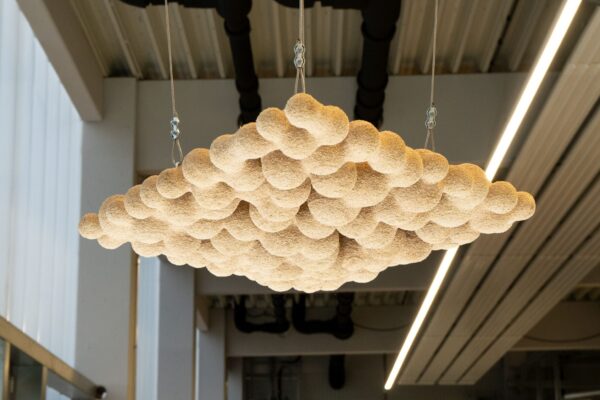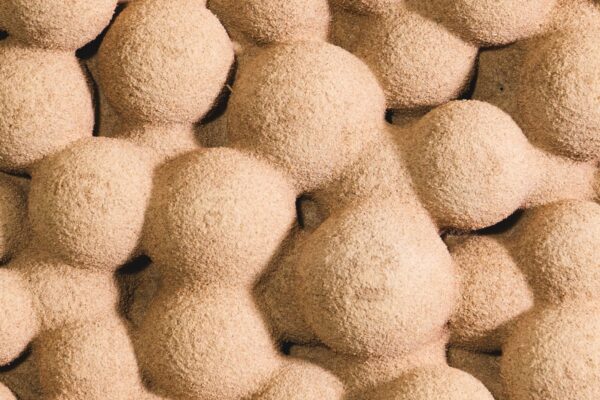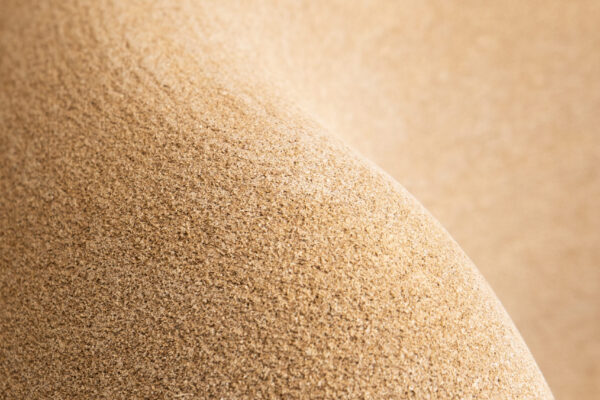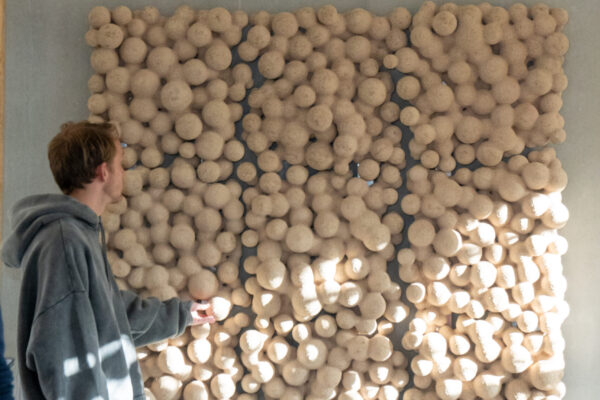 redefines material innovation by repurposing wood leftovers from sawmills and timber harvesting for interior architecture. This novel material system emphasizes ecological responsibility, regional sourcing, and fire safety while interfacing with contemporary and digital design languages.
redefines material innovation by repurposing wood leftovers from sawmills and timber harvesting for interior architecture. This novel material system emphasizes ecological responsibility, regional sourcing, and fire safety while interfacing with contemporary and digital design languages.
By employing 3D printing technology, the material is turned into meticulously defined geometric shapes. This technique represents a significant advancement in sustainable design, preserving the wood's inherent CO2 absorption capacity and broadening its functional and aesthetic possibilities.
A key advantage of  - technology lies in its zero-waste
philosophy. In contrast to conventional manufacturing, which often leads to
significant material wastage, this approach ensures the effective use of every particle of raw material without the generation of waste.
- technology lies in its zero-waste
philosophy. In contrast to conventional manufacturing, which often leads to
significant material wastage, this approach ensures the effective use of every particle of raw material without the generation of waste.
 elements are made-toorder, eliminating unnecessary inventory and minimizing the environmental footprint often associated with mass production. This crafting process is a synthesis of freedom and precision, enabling the creation of intricate designs that would be hard to achieve with traditional woodworking methods.
elements are made-toorder, eliminating unnecessary inventory and minimizing the environmental footprint often associated with mass production. This crafting process is a synthesis of freedom and precision, enabling the creation of intricate designs that would be hard to achieve with traditional woodworking methods.








